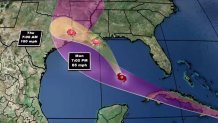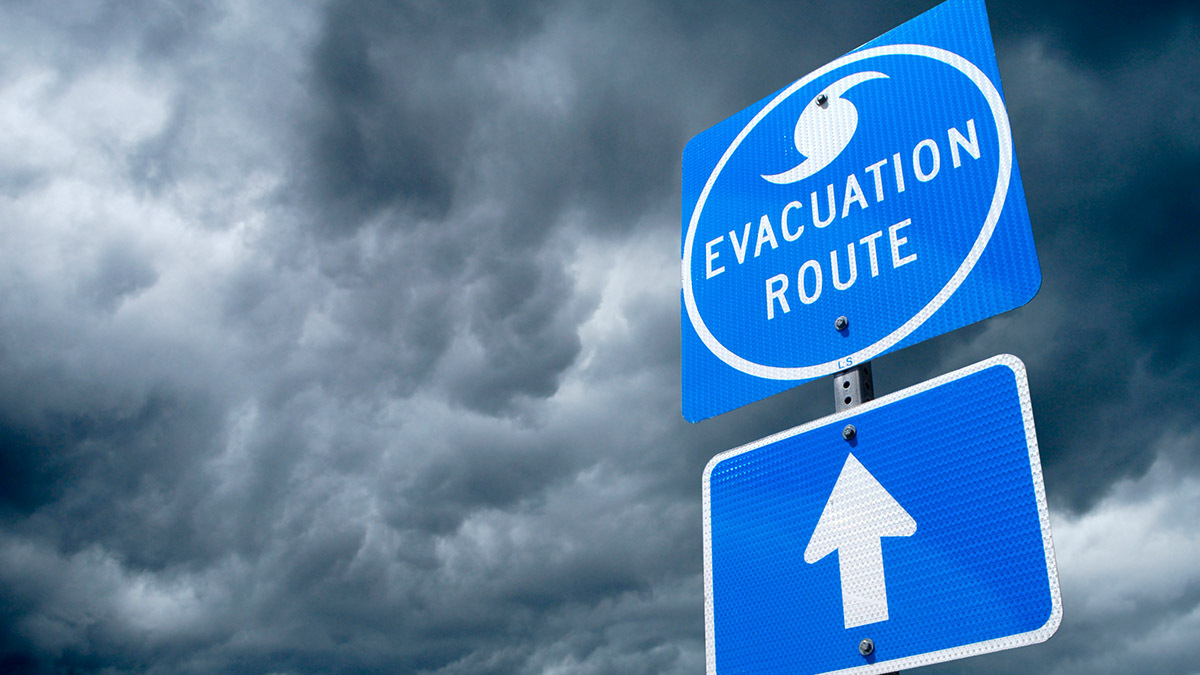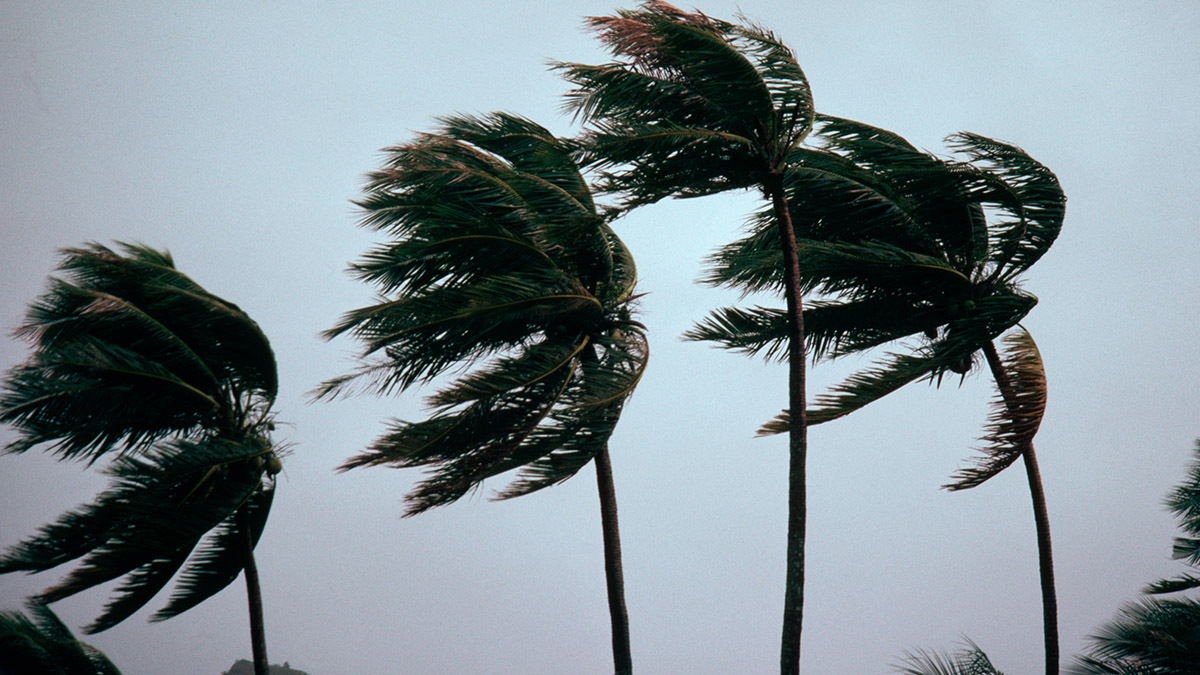What to Know
- Marco was upgraded to a hurricane Sunday, with maximum sustained winds of 70 mph; forecasters predict life-threatening storm surge and hurricane-force winds along portions of the U.S. Gulf Coast
- Tropical storm Laura grew in strength as it brought torrential rainfall to Hispaniola as it made its way across the Greater Antilles with winds of 65 mph and
- A Tropical Storm Watch is still in effect for the Florida Keys between Craig Key and Key West, and Monroe County has declared a state of local emergency
Tropical Storm Laura strengthened and is forecasted to reach hurricane strength after dumping torrential rainfall and life-threatening flooding on the Dominican Republic and Haiti Sunday as it made its way towards Cuba, while Marco was upgraded to a hurricane with maximum sustained winds of 70 mph (120 km/h).
Laura had maximum sustained winds of 65 mph (100 km/h) and was moving west northwest at 21 mph (33 km/h) about 125 miles (200 km) southeast of Camaguey, Cuba, according to the 11 p.m. update from the National Hurricane Center in Miami.
HURRICANE SEASON 2020
The storm is expected to move along southern coast of Cuba between Sunday night and Monday morning before moving over to the southeastern Gulf of Mexico Tuesday. At that point, it's forecasted to become a hurricane.
Laura left up to 12 inches of rain as it passed across Hispaniola and reached Cuba Sunday, potentially resulting in flash and urban flooding and mudslides, before reaching the Gulf of Mexico on Monday night.
1 to 2 inches of rainfall are also expected across the Florida Keys, where a Tropical Storm Watch is in effect from Craig Key to Key West and the Dry Tortugas.
Monroe County ended its partial evacuation Sunday after Laura's projected path moved away from the islands. Emergency managers said boats, mobile homes, recreational vehicles, trailers and campers are no longer being asked to leave the island chain.
They are recommending that those who live on boats find shelter on land as seas are expected to be rough as Laura passes to the west into the Gulf of Mexico. They also asked that those who had already evacuated wait until Tuesday before returning.
Tropical Storm Warnings were in effect for the Dominican Republic, Haiti, the southeastern Bahamas, Turks and Caicos, and the Cuban provinces of Camaguey, Las Tunas, Holguin, Guantanamo, Santiago de Cuba, Granma, Ciego De Avila, Sancti Spiritus, Villa Clara, Cienfuegos, Matanzas, Mayabeque, La Habana, Pinar del Rio and the Isle of Youth.
Stay up to date with NBC 6 First Alert Weather and South Florida's most powerful radar First Alert Doppler 6000 by downloading the NBC 6 app for iOS or Android.
Meanwhile, Hurricane Marco continued to strengthen Sunday and reached maximum sustained winds of 70 mph (110km/h) as it moved north-northwest at 12 mph (19 km/h) about 185 miles (295 km) south southeast of the mouth of the Mississippi River.
Marco is expected to continue to head across the Gulf, reaching more strength when it approaches the northern Gulf Coast Monday. The storm will then slow down and move west Monday night, across southern Louisiana and into eastern Texas.
A Hurricane Watch was in effect from Intracoastal City, Louisiana to west of Morgan City and Metropolitan New Orleans. Forecasters predict life-threatening storm surge and hurricane-force winds along portions of the U.S. Gulf Coast.
If both storms survive the until Monday, the National Hurricane Center forecast that Laura would as head a hurricane toward the central Gulf Coast around Louisiana, Mississippi, Alabama and the western Florida Panhandle, while Marco aimed at Texas.
“A lot of people are going to be impacted by rainfall and storm surge in the Gulf of Mexico,” said Joel Cline, the tropical program coordinator for the National Weather Service. “Since you simply don’t know you really need to make precautions.”

Two hurricanes have never appeared in the Gulf of Mexico at the same time, according to records going back to at least 1900, said Colorado State University hurricane researcher Phil Klotzbach. The last time two tropical storms were in the Gulf together was in 1959, he said.
Because the hurricane center slowed Laura's entrance into the Gulf and moved its track westward, the two storms are now forecast to be together in the Gulf on Tuesday, just before Marco smacks Texas with Laura making landfall a bit less than a day later.
If the two storms make it, they could be crowded in the Gulf of Mexico at the same time Tuesday about 550 miles apart. That would leave open some weird possibilities, including the storms rotating around each other in a tropical two-step, pulling in closer to each other, nudging each other, weakening each other or — far less likely — merging.



